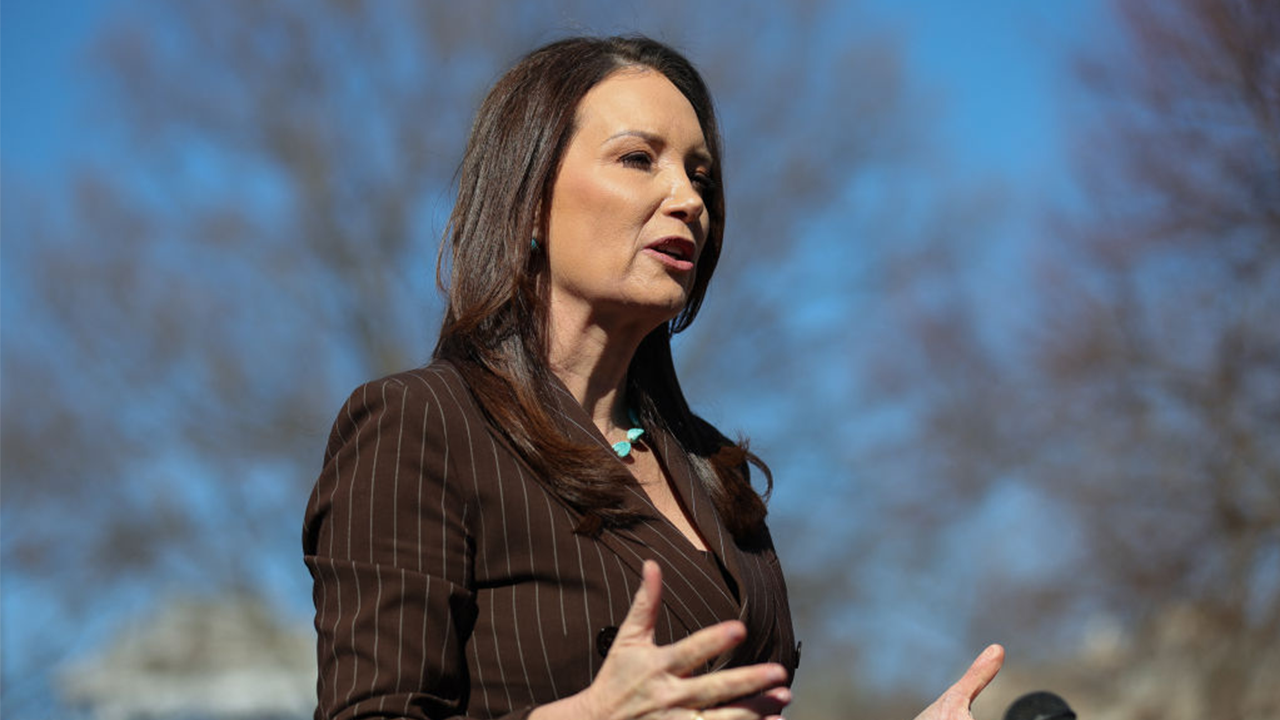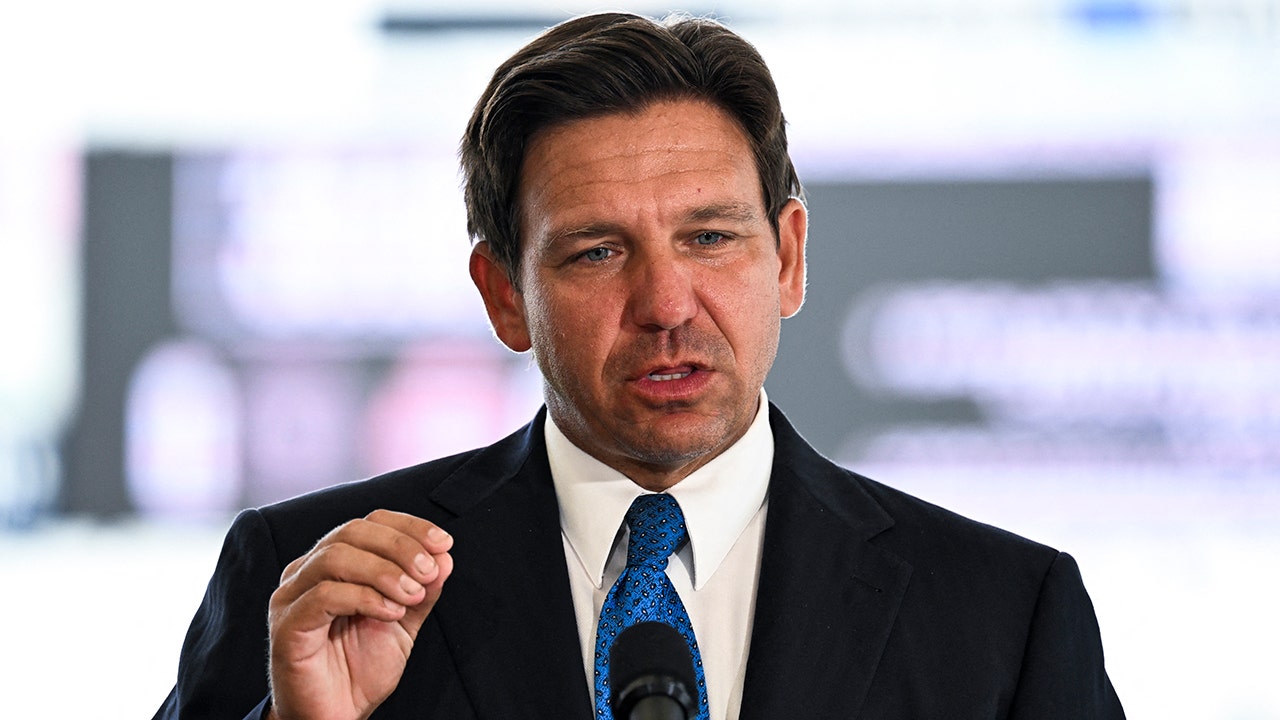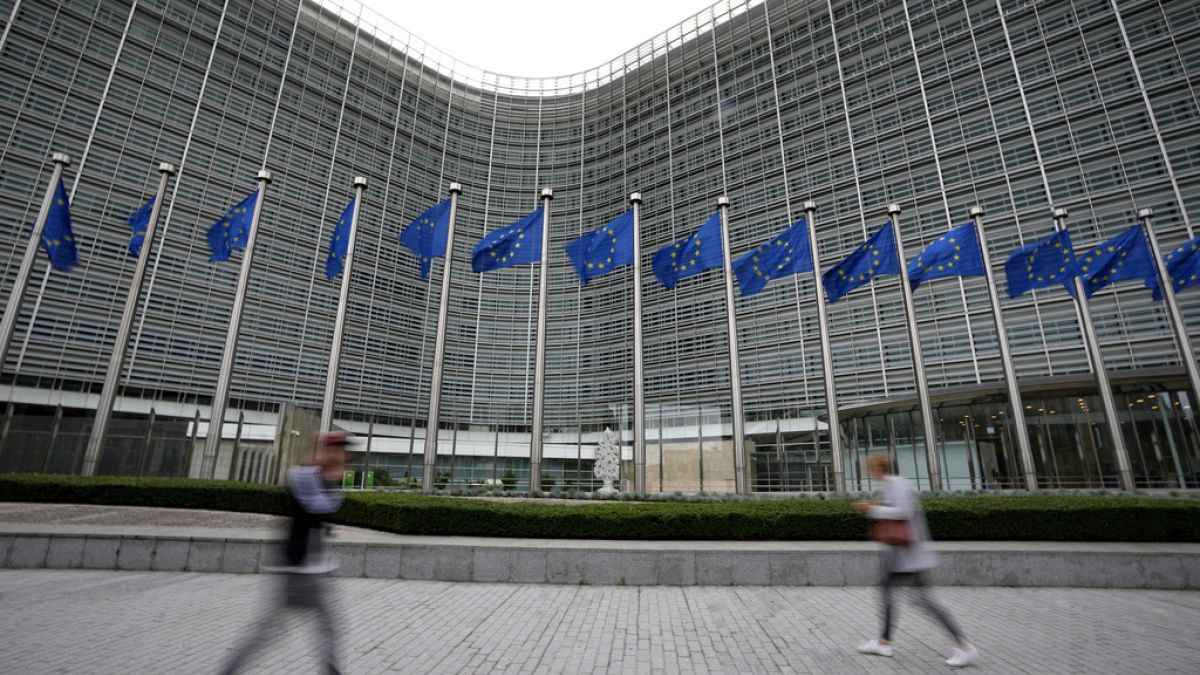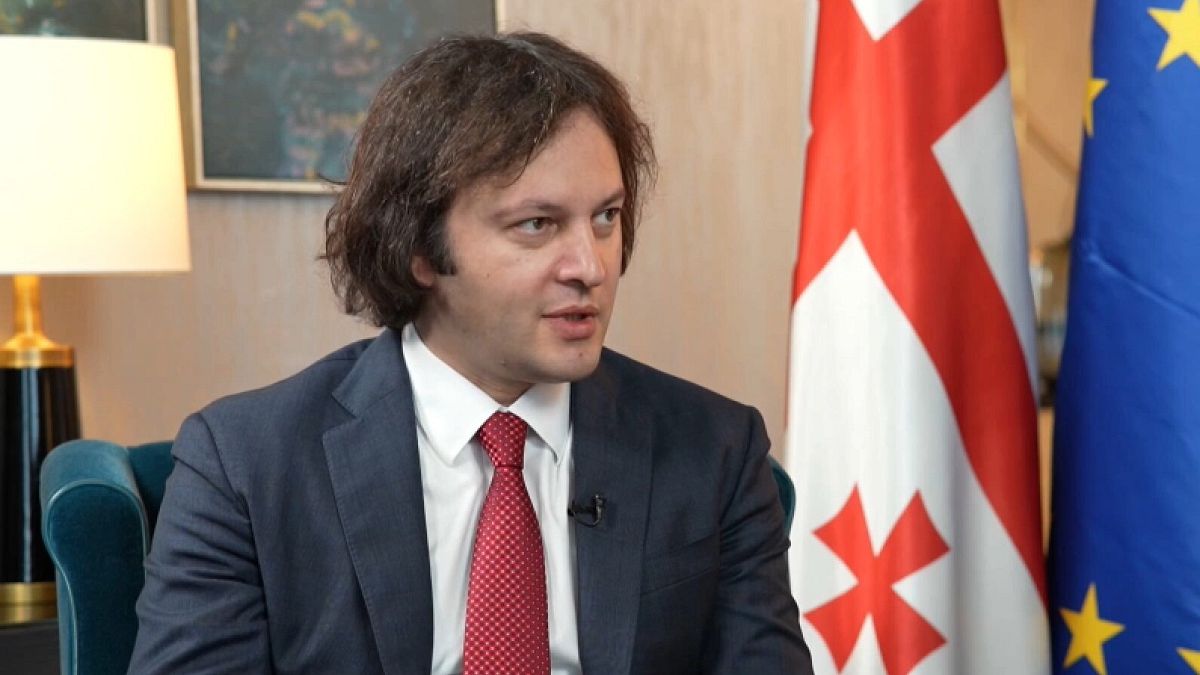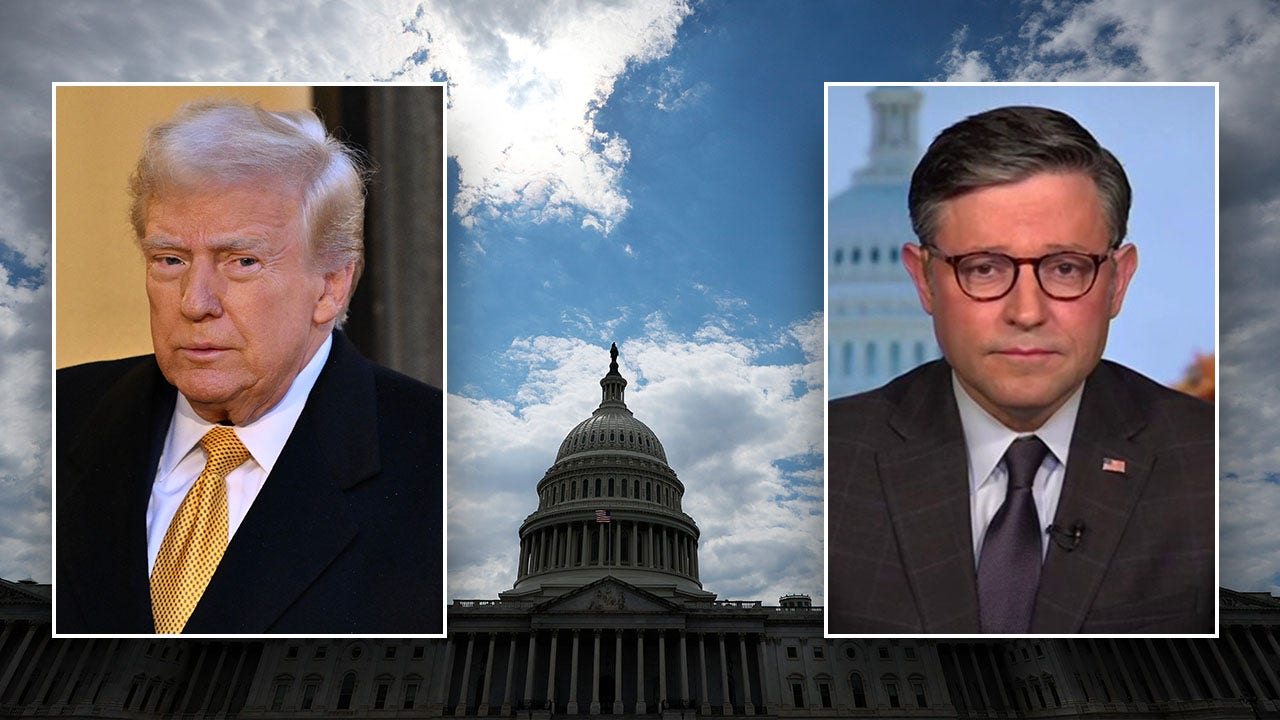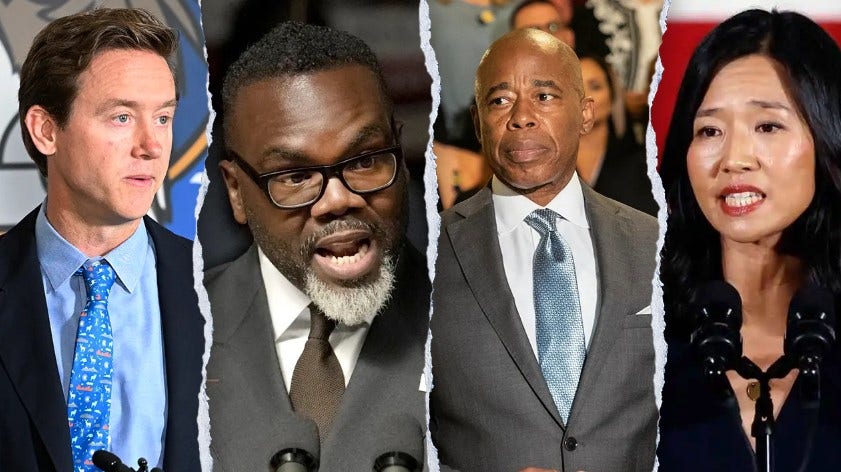Herbert Smith Freehills will combine with US-based Kramer Levin to form one of the top-20 global law firms by headcount, in the latest sign of consolidation among mid-sized groups on either side of the Atlantic.
The new firm will be known as Herbert Smith Freehills Kramer, abbreviated as HSF Kramer in the US, and will have more than 2,700 lawyers across 25 offices in America, the UK, Europe and Asia, the groups announcement on Monday.
The move by UK-based Herbert Smith Freehills — itself a combination of British and Australian firms — comes amid a wave of mergers in the legal sector, most notably UK “magic circle” firm Allen & Overy’s decision last year to join forces with the ailing Shearman & Sterling in the US.
A number of smaller firms within the US, such as Bryan Cave Leighton Paisner and Seattle-based litigation boutique Harrigan Leyh Farmer & Thomsen, have also merged in recent months.
Troutman Pepper and Dallas-based Locke Lord in September announced they will merge effective January 1, which analysts at research firm Fairfax Associates have said “indicates a higher level of activity for 2025”.
Herbert Smith Freehills’s announcement “is part of an accelerated pattern of consolidation”, said Kent Zimmerman, a consultant at Zeughauser Group, who advises leading law firms on business strategy.
“For a firm that aspires to global market leadership, the US is an imperative,” he added, citing increased profitability in the US. Meanwhile “for US firms, there is benefit in rapidly achieving transformative scale, while still maintaining a degree of independence.”
New York-based Kramer Levin recently lost the head of its litigation department, celebrated trial lawyer Barry Berke, who left along with a team of former assistant US attorneys.
One of the firm’s top transaction partners, Richard Farley, is also being floated as possible nominee to lead the US Securities and Exchange Commission in the new Donald Trump administration.
Herbert Smith Freehills chair Rebecca Maslen-Stannage said the merger would be “transformational”.
“We have long been committed to expanding our offering in the US and Kramer Levin is the perfect fit,” she said. “The combination delivers immediate growth for both firms from day one.”
Howard Spilko, co-managing partner of Kramer Levin, said joining forces with Herbert Smith Freehills was “a one-of-a-kind opportunity”.
He added the merger “provides us with a significant competitive advantage by bolstering our destination practices with a deeper bench, broader geographic reach and sector expertise”.

















